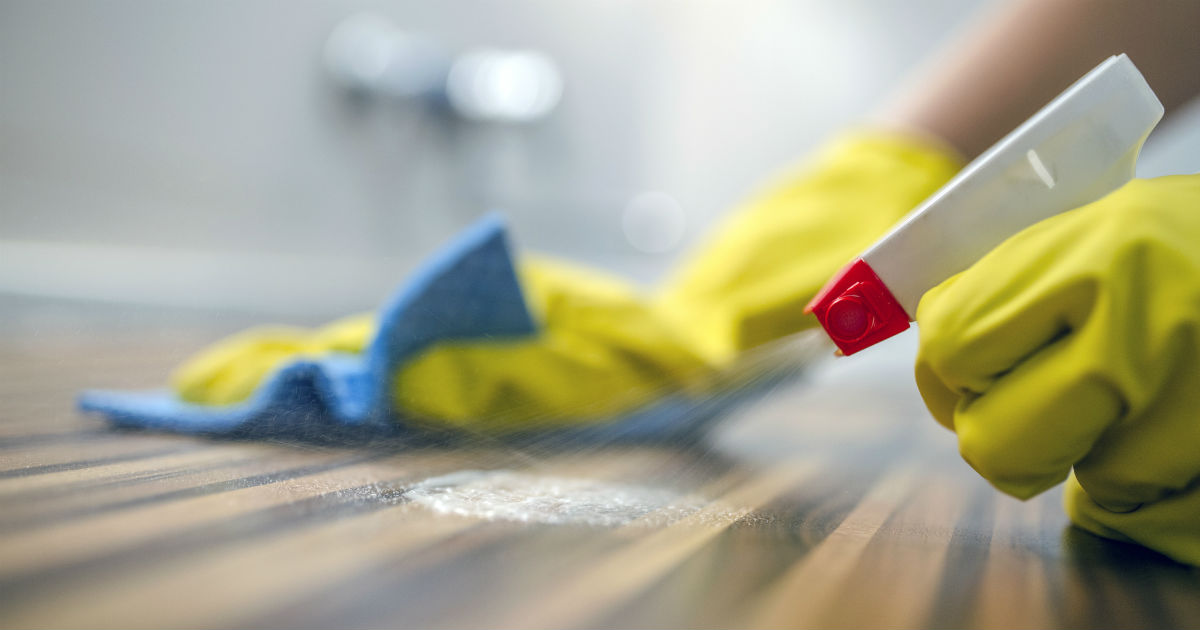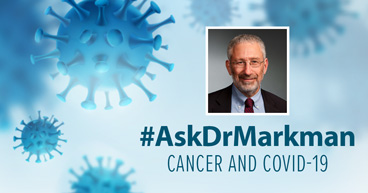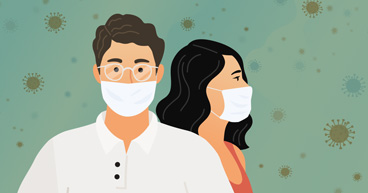
For cancer patients, keeping a tidy home is more than a source of pride. A clean house may help stop the spread of germs, viruses and bacteria that put cancer patients with suppressed immune systems at risk of serious illness. Keeping a clean home is even more important during the COVID-19 pandemic. While research indicates that the spread of COVID-19 occurs predominantly via respiratory droplets—underscoring the need for masks and social distancing—the U.S. Centers for Disease Control and Prevention (CDC) notes that the virus may remain on a variety of surfaces for hours, even days. The CDC says cleaning and disinfecting high-touch surfaces “is a best practice measure” for preventing COVID-19 and other viruses that may cause serious illness in people with underlying health conditions, including cancer.
Rather than choosing cleaning products based on a pleasant scent or because it’s what you’ve always used, consumers, especially those with a compromised immune system, should educate themselves about which products do and do not kill viruses, experts say. The U.S. Environmental Protection Agency (EPA) has published a list of products that meet the agency’s criteria for use against the virus that causes COVID-19. The list includes sprays, concentrates and wipes. Or you can make your own disinfectant at home with a CDC-recommended recipe of one-third cup of bleach per gallon of room-temperature water.
Tips for a clean home
Carolyn Tetzlaff, Supervisor of Environmental Services at Cancer Treatment Centers of America® (CTCA), Chicago, offers these tips for keeping a clean and sanitized home:
- Clean bathrooms and high-touch surfaces daily, more often if someone in the home is sick. High-touch surfaces include:
- Tables, counters and desks
- Doorknobs and handles, including cabinets, drawers and appliances
- Light switches
- Sinks, toilets and faucets
- Wipe counters with soap and water to remove germs and dirt, then use an EPA-approved disinfectant.
- Launder cleaning rags and clothing in the warmest water possible, then place in the dryer.
- Launder kitchen towels regularly. Don’t hang towels in the kitchen to be used over and over. Use disposable paper towels, if possible.
Electronics, such as cell phones, tablets, smart watches, keyboards and TV remotes, should also be cleaned and disinfected regularly. The CDC recommends using wipeable covers for these devices, if possible, and following manufacturers’ instructions for cleaning.
Cleaning and disinfecting: What’s the difference?
”My advice is to make sure everything in the home is cleaned and disinfected,” says Tetzlaff. “They are two separate things.”
According to the CDC:
- Cleaning doesn’t kill germs, but rather removes them and other impurities from surfaces.
- Disinfecting, when done with EPA-approved products, kills the germs that live on surfaces.
The EPA recommends following manufacturer instructions on how long a cleaning product should remain on a surface to help improve its effectiveness.
Other steps recommended by the EPA include:
Read the directions on a cleaner before using. Follow the directions and read warnings or cautions.
Pre-clean before cleaning. Clean off debris and wash the surface with soap and water.
Wear gloves and wash your hands. Keep disinfecting products off your skin. Wash your hands even if you wore gloves.
Stow cleaning products safely. Close lids and keep products out of the reach of children.
Get answers to common questions about COVID-19 in Dr. Maurie Markman’s weekly Twitter chat.



